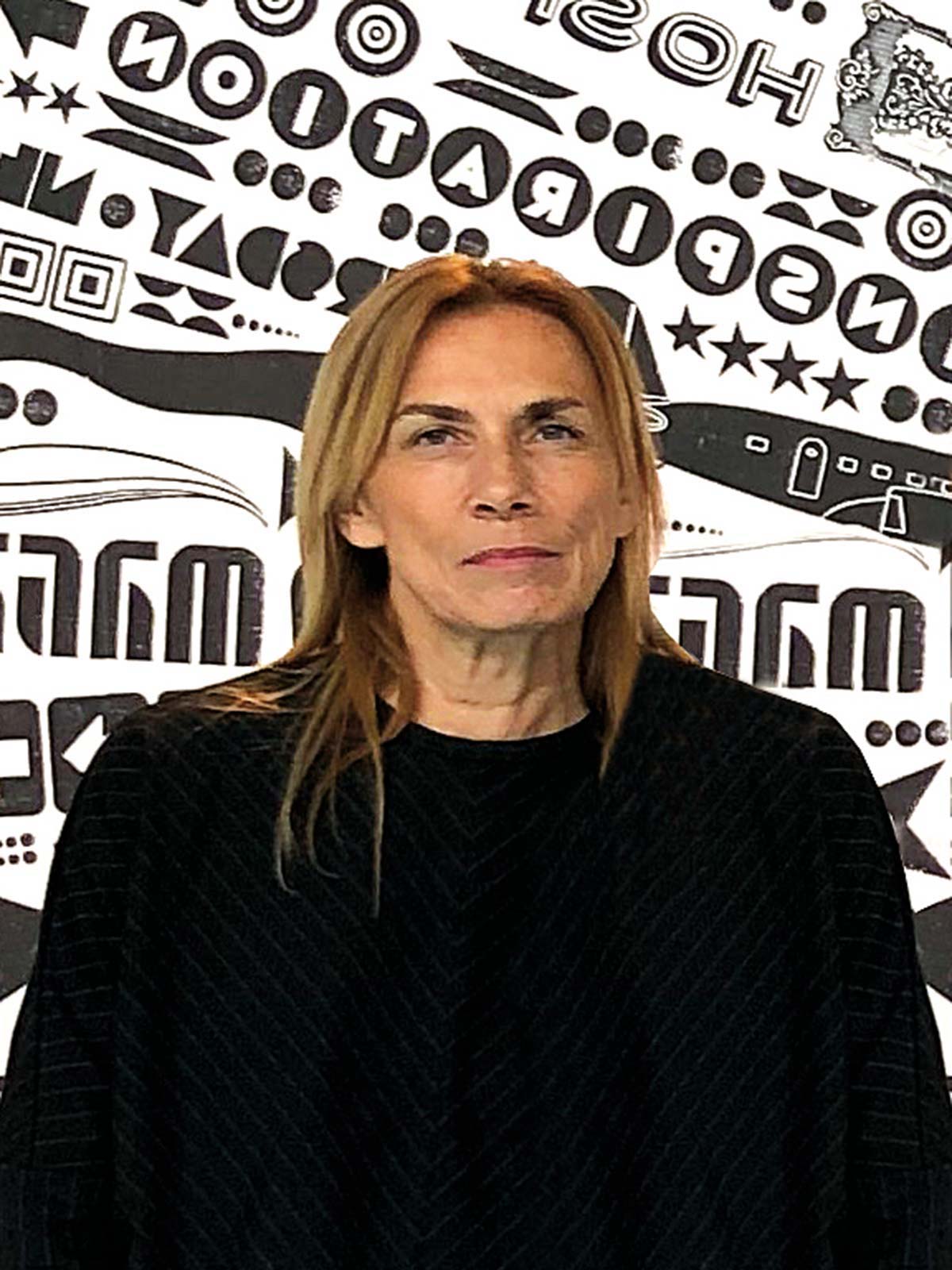The clear theme and widespread practice that emerges from this Fall edition of Wonder Book is the will (beyond the mere need) to recover architectural structures on different scales, in complementary indoor and outdoor spaces, and in diverse geographical locations.
These works interpret and re-interpret the existing context – built, historical, cultural, and social – becoming “a challenge to seek new meanings and new uses,” in the words of Piuarch‘s Monica Tricario, guest on the White Box page of this publication, together with Massimo Iosa Ghini, Roberta Pasinetti, co-CEO of Manifattura Tabacchi, and Daniele Villa, Engineering, Maintenance & Energy Department Italy and NYC Coordinator NH Hotel Group.

This means preserving while transforming for the present and the future alike. A heating plant becomes home to offices (Base4work in Bratislava), disused industrial buildings come back to life as hotels (Shangri-La Shougang Park), design studios (Contempo in Hong Kong), and aparthotels (Wunderlocke Munich). Pieces of Italian and international architectural historical heritage have been rehabilitated as hotels, residences, and flagship stores (Ca’ di Dio in Venice, The Julius in Vienna, the Battery Maritime Building in New York, Dior Montaigne in Paris, and the Hotel Torre del Remei in the Pyrenees). These transformations mean awareness and sustainability in more than one sense, while creating hybrid building types and flexible spaces, ready for their next metamorphosis.
There is also plenty here that is “new” (such as Park Associati‘s architecture, André Fu‘s interiors, the Musikschule in Bressanone, Furla‘s Headquarters, Budapest’s House of Music, and Mexico’s Hotel Terrestre), seeking solid relationships with the natural and built context as well as the passage of time in a wide variety of building types. These too are actions situated between the present and the future.
Enjoy the read.






